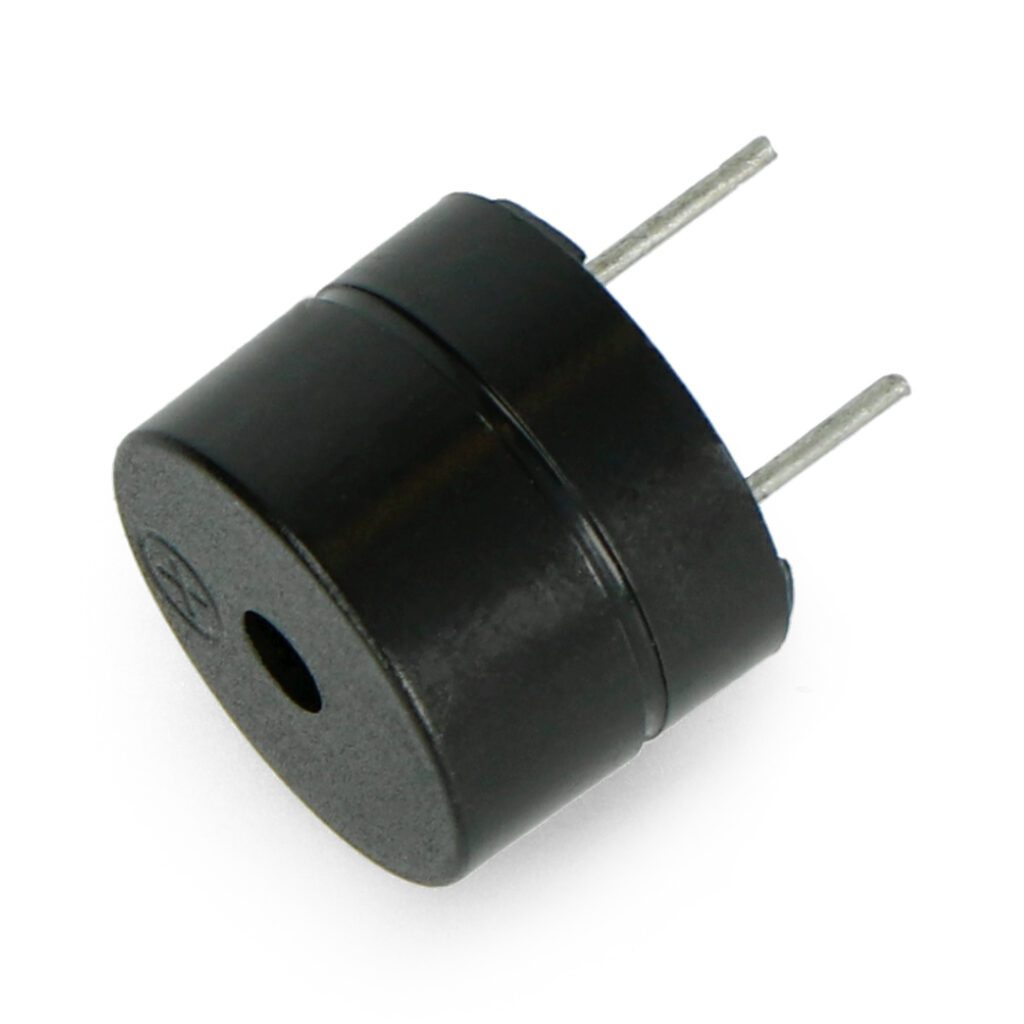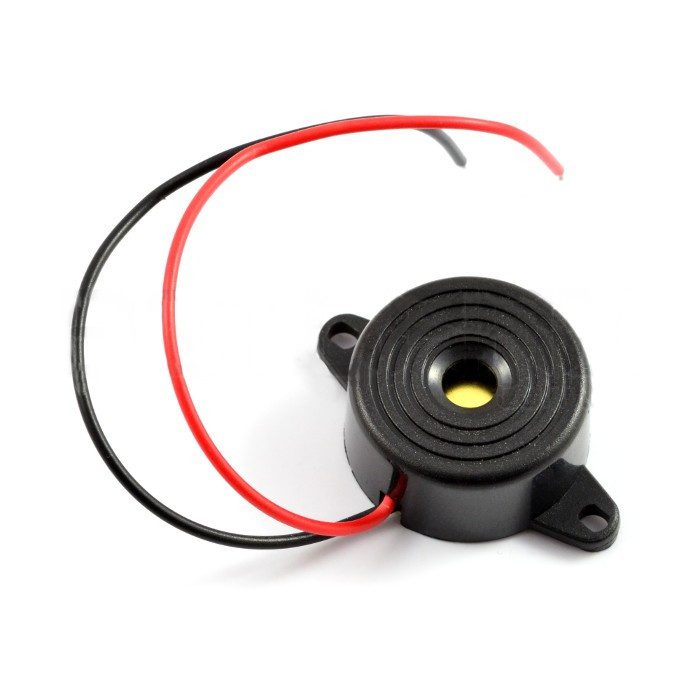Table of Contents:
Devices that specialize in generating certain types of sounds and sound effects serve more than just musicians.
In the world of computer science and technology, they have been used since the beginning of computers.
Let’s see what they can serve for electronics engineers involved in editing and their own projects.
Piezoelectric buzzer - generator, or buzzer
This complicated compound of words actually describes quite simple devices. Sound buzzers – Otherwise known as piezoelectric buzzers, piezoelectric transducers or buzzers – are electronic components used to generate audible tones or sounds.
They are commonly used in various consumer electronics devices such as alarms, clocks and electronic toys.
They are also often used to give audible feedback or warnings.
On the other hand, you’ll come across the piezoelectric effect by reading carefully the information about lighters you can buy in any store – anyone asked knows what they are, but when you describe them as piezoelectric, many a salesman will rub his eyes in amazement. Piezoelectricity is the ability of certain materials to generate an electric charge in response to mechanical stresses, and conversely, they can also generate mechanical stresses when exposed to an electric field.
Construction and operation of sound generators
The basic element piezoelectric buzzer is a piezoelectric ceramic disk.
Disk is a conventional and rather less common term – it can be plates, rings or spheres.
When an electric voltage is applied to this disk, it deforms slightly, which causes vibrations.
In turn, these generate sound waves in the air and an audible sound is created.
An important consideration is diaphragms – this is usually a thin, flexible material that can vibrate under mechanical forces or pressure.
In the context of buzzers, the diaphragm is often used as a vibrating element that produces sound.
The frequency of the sound produced by a piezoelectric buzzer depends on the frequency of the electrical signal applied to it.
By controlling the frequency of the signal, it is therefore possible to generate different tones or pitches – without this modulation, we would be dealing with a single type of tone.
Piezoelectric buzzers also require a driving circuit to provide the electrical signal necessary to produce sound.
Typically, this circuit consists of a rectangular wave generator or oscillator that generates the desired frequency along with an amplification circuit for the signal to the required amplitude.
Piezo buzzers have a relatively simple design compared to other types of audio transducers – it is difficult to even compare them to equipment such as electromagnetic speakers.
This has its advantages, because since they have no moving parts other than the vibrating disk, this makes them durable and resistant to shock and vibration.
On the other hand, one of the limitations of piezo buzzers is their relatively limited frequency range compared to other audio transducers.
They are most effective at producing tones in the range of a few to a few tens of kHZ, which covers the range audible to humans, but are unlikely to be suitable for applications requiring very low or very high frequencies.
Sound generators in everyday life - where can you find them?
Buzzers and sound generators are commonly used in alarm systems to warn of hazards and emergencies.
This can include fire alarms, security alarms and medical alarms.
The reason for this is simple – audible alarms are crucial for quickly attracting attention, especially in situations where visual cues are inadequate or where visually impaired people are involved.
In fact, it’s hard to imagine modern communication systems without these virtually integral components.
From doorbells and telephones to public address systems and intercoms, sound generators facilitate communication, convey messages and emit signals over short distances.
Sound signals are often used for navigation and orientation purposes, for pedestrians at crosswalks and wherever care is needed to organize traffic safely.
Sound projects, buzzers and development platforms
Enthusiasts and makers often use buzzers with the Arduino, Raspberry Pi and a variety of microcontroller-based platforms.
Buzzers are often used in alarm systems created by hobbyists.
For example, an Arduino-based security system can use a buzzer to sound an alarm when a sensor detects movement or a door is opened.
Just as often, developers integrate sound generators into projects that require timekeeping or reminders – a clock can be created in this way, which, paired with an Arduino, will use a buzzer to signal the end of the countdown.
In some projects, visual notifications may not be enough – a weather station built with a Raspberry Pi can use a buzzer to alert users to severe weather conditions.
Sound effects, music projects and systems of so-called “feedback”.
feedback (feedback) are actually a separate, big world.
There’s nothing stopping you from experimenting with buzzer functions in terms of sound effects added to your projects.
Interactive decoration for Halloween?
Christmas melodies?
Composing simple tonal music?
An Arduino-based installation will be ideal for replacing electronic musical instruments or experimenting with sound synthesis techniques.
It’s actually interchangeable with home automation systems and projects, where a buzzer can be used to provide feedback when a command is executed or when a certain condition is met.
How useful was this post?
Click on a star to rate it!
Average rating 0 / 5. Vote count: 0
No votes so far! Be the first to rate this post.





















